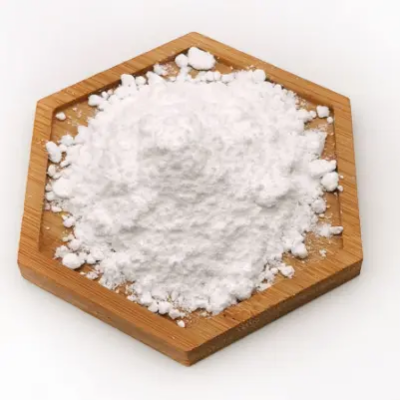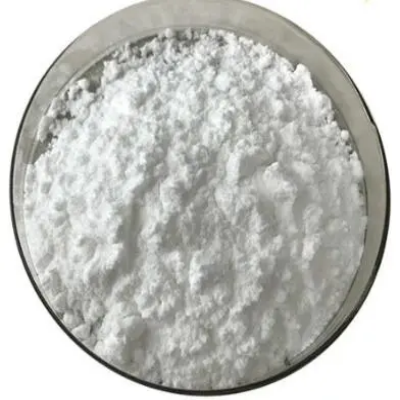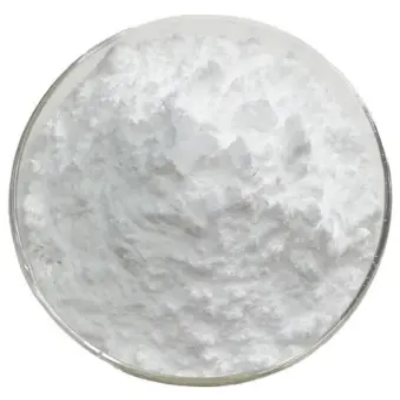DICHLOROTRICARBONYLRUTHENIUM (II) DIMER CAS:22594-69-0
DICHLOROTRICARBONYLRUTHENIUM (II) DIMER is a coordination compound consistingDICHLOROTRICARBONYLRUTHENIUM (II) DIMER serves as a versatile precursor in the synthesis of ruthenium-containing complexes, finding applications across multiple domains of chemistry. In organometallic synthesis, this dimeric compound is utilized in the preparation of ruthenium carbonyl complexes through ligand exchange reactions. By reacting with various ligands, it facilitates the formation of complexes with tailored properties, including catalytic activity in organic transformations and materials synthesis. One of its prominent applications lies in homogeneous catalysis, where ruthenium carbonyl complexes derived from DICHLOROTRICARBONYLRUTHENIUM (II) DIMER serve as catalysts in a diverse array of reactions. These include hydrogenation, hydrosilylation, and carbonylation reactions, enabling efficient and selective transformations in organic synthesis and industrial processes. Moreover, the compound finds utility in the field of coordination chemistry for the study of metal-metal interactions and reactivity in dimeric complexes. Its spectroscopic properties provide insights into the electronic structure and bonding motifs of ruthenium complexes, contributing to the understanding of structure-function relationships in coordination compounds. In materials science, DICHLOROTRICARBONYLRUTHENIUM (II) DIMER and its derivatives are employed in the preparation of functional materials and catalysts. Ruthenium-containing complexes serve as components in catalyst formulations for chemical vapor deposition, enabling the deposition of thin films and nanostructures with controlled properties for applications in electronics and catalysis. Furthermore, the compound is investigated for its potential in biomedical applications, including imaging and therapeutic agents. Ruthenium complexes exhibit promising properties for photodynamic therapy and contrast-enhanced imaging due to their unique photophysical properties and low toxicity profiles. Overall, DICHLOROTRICARBONYLRUTHENIUM (II) DIMER plays a vital role as a precursor in the synthesis of ruthenium complexes with diverse applications in catalysis, materials science, coordination chemistry, and biomedicine. Its versatility and reactivity make it a valuable tool in the development of novel compounds and functional materials with tailored properties for various technological and biomedical applications. of a dimeric structure with two ruthenium(II) centers, each coordinated to three carbonyl ligands and two chloride ions. This compound is recognized for its significance in coordination chemistry and its use as a precursor in the synthesis of various ruthenium-containing complexes. Its dimeric nature and carbonyl ligands impart stability and reactivity, making it a valuable intermediate in the preparation of organometallic compounds with diverse chemical and catalytic properties.



| Composition | C6Cl4O6Ru2 |
| Assay | 99% |
| Appearance | white powder |
| CAS No. | 22594-69-0 |
| Packing | Small and bulk |
| Shelf Life | 2 years |
| Storage | Store in cool and dry area |
| Certification | ISO. |









